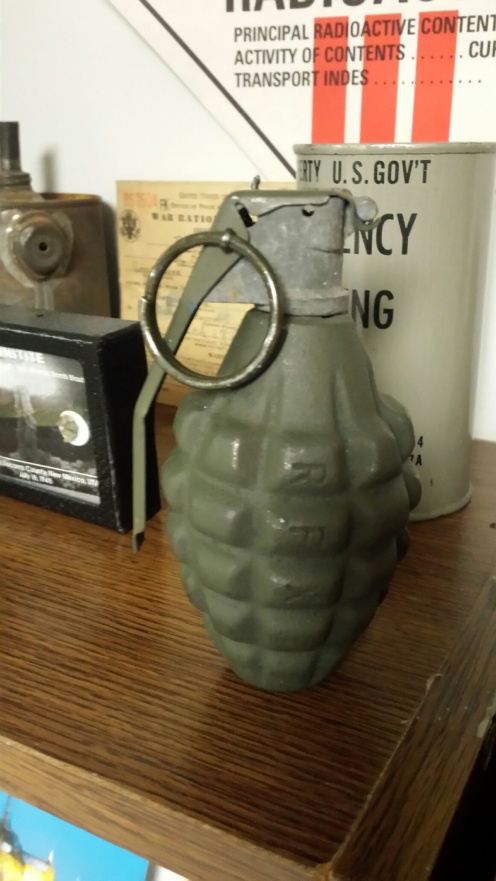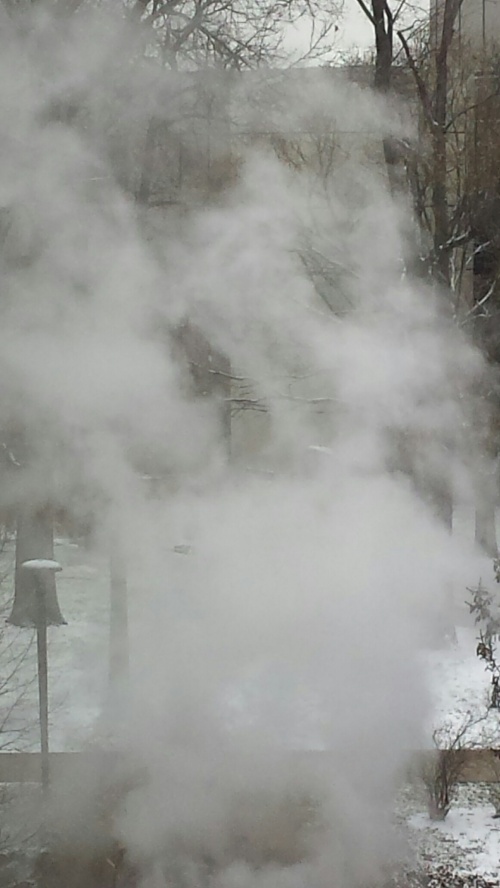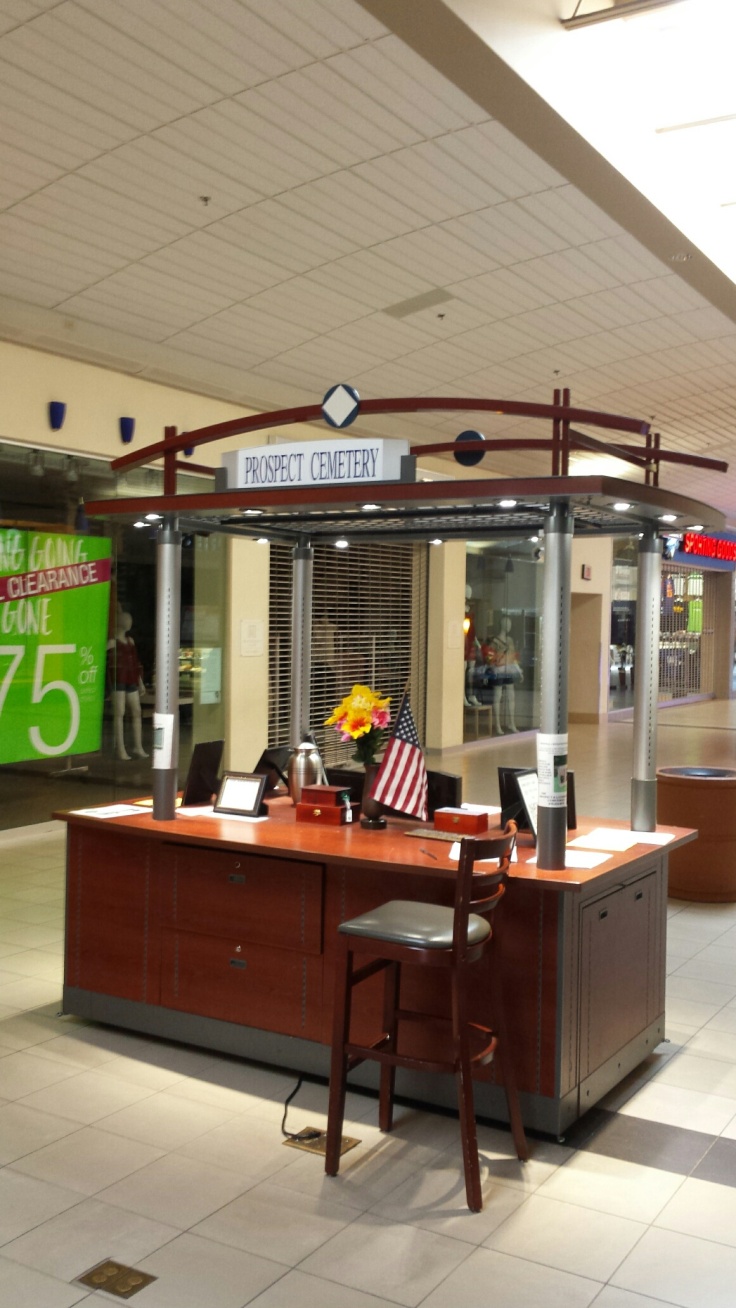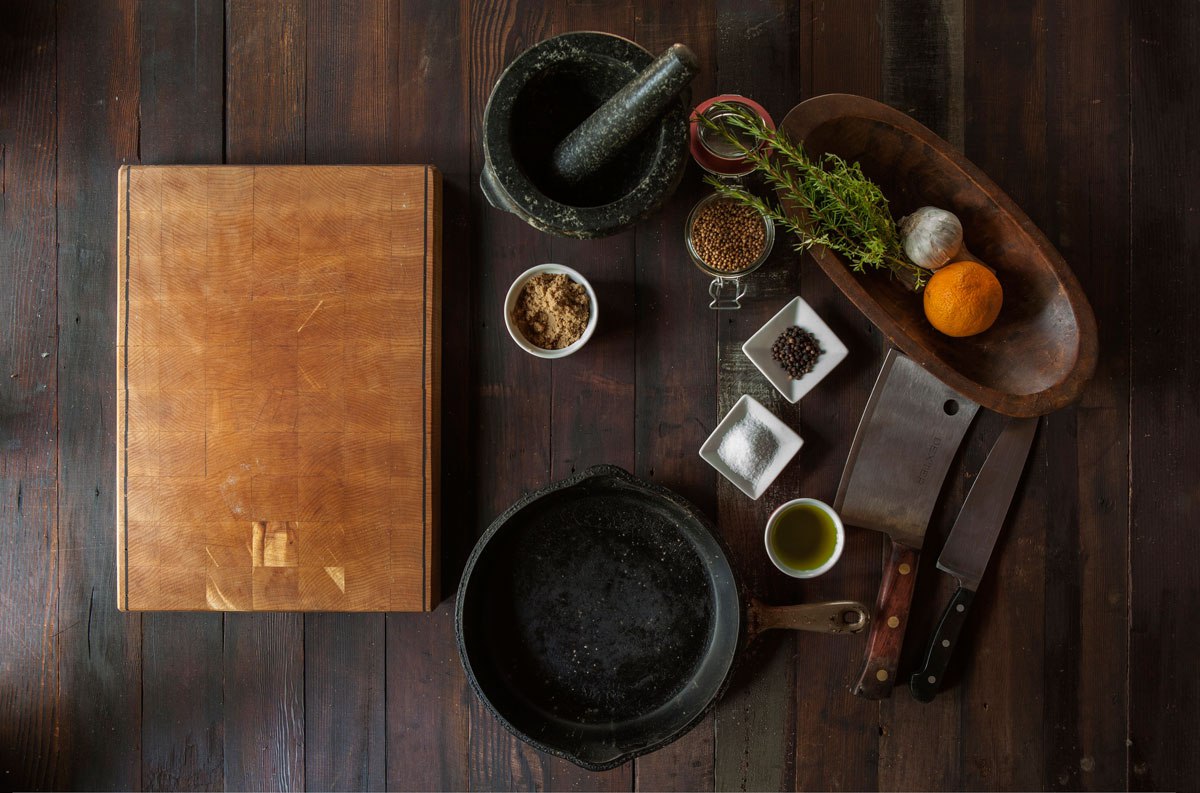Dear Tycho,
It was a pleasure to host you during your visit to New Jersey. I couldn’t have asked for a more interesting person to share my home and academic life with, as much as you may refuse to believe it. I’m not sure how bad the racism was back in Arganee, but for someone like me, the opportunity to make friends with a Chimera alchemist has been a dream-come-true. I’d also like to thank you for your kindness and understanding toward me. This semester was a difficult one, especially around the time you arrived, but you never became impatient with me, or with this strange world. You’d just smile, flutter those little wings of yours, and make cups of tea for us both. That takes a special kind of person, Tycho, and it was an inspiration to me. I’d even venture to say that during the course of this semester you’ve taught me to become more patient with myself. Like your “clumsy poetic” (as Prof. Levine called them) words, perfect things are not always perfect in the ways we expect them to be.
You weren’t with me for the first half of this semester, but that was the time when things were going very well. I participated in two webinars during that time, for one of which I developed questions to guide the next day’s class discussion. These were about electronic literature and netprov. I did a blog a week, and I did 2 Daily Digital Alchemies a week, sometimes more. I also submitted two ideas for Daily Digital Alchemies, one of which involved finding faces in inanimate objects, and the other of which asked participants to make up a new word. Sometimes my blogs were responses to specific prompts we had been assigned, but sometimes (with the permission of Dr. Zamora) I did my own thing. It was actually those blogs, where I took advantage of the freedom I had been granted, that were the most meaningful to me. Unsure if I was doing something “wrong,” I wrote about original species communities on the online art/social network site DeviantArt. Thanks to the overwhelmingly positive responses of Dr. Zamora and Prof. Levine, I was able to realize that these virtual communities really were a valid and unique subject of research. After this realization, I decided that I would make original species communities the topic of my Master’s thesis. If I had never written those blog posts, I think I would still be floundering and grasping for a thesis topic I felt was “perfect,” or in other words “scholarly enough.”
It was around the middle of the semester that things started to go downhill. First, I learned that the two core pillars of my academic support system, Dr. Zamora and Dr. Inskeep, would both be leaving for sabbatical and a new job respectively. I became very anxious and depressed about the coming year. Shortly after this, I was hospitalized for an instance of acute colitis. I spent two-and-a-half days in the hospital receiving antibiotics, fluids, and painkillers. After I was released from the hospital, I was required to stay out of school for another week to rest and work myself from a clear fluid diet back to solid foods. During this time, I was feeling pretty awful and I did no schoolwork at all. It was around the time that I returned to school that you arrived, Tycho. You taught me to drink tea since I could no longer have coffee.
Communicating with the world of Arganee was like a new beginning. Teaching you to blog, tweet, and participate in the “Cooking with Anger” netprov rejuvenated me. I loved watching you take to Twitter to communicate and share your thoughts with other alchemists and the #netnarr community, even though you had a bad habit of forgetting to use the #arganee hashtag. I think ultimately less than half of your tweets had the hashtag, but all of them were interesting and beautiful in their own way. You shared a lot of gifs, and even made a meme. I let you take over in the Twitter department instead of doing Daily Digital Alchemies, as I’m pretty sure I was supposed to for that leg of the course… Except for that one fiasco we had when you left yourself logged in and I accidentally tweeted from your account. We laughed about it in the end, but man was I steamed at the time! It’s a shame we never could figure out the audio software for you to share samples of the Chimera language.
My “rebirth” was stunted when I fell ill again, and you even participated less in tweeting and blogging as you took care of me. You didn’t need to do that, but you told me, “Twitter-hunger will not be world-death-make! You need health-make, not stress-make!” How powerful that was, considering Arganee needed that kind of participation to help achieve balance again! You put importance on my health, and I realized I had to do that as well.
Well, Tycho, we made it to the end of the semester, even if there were some instances when our participation slowed to a trickle. Because of those instances, I think I deserve a B by the grading contract’s standards, but I’m hoping my professors will take mercy on me and grant me a B+ or A-. Most of the times that I missed assignments or was absent were for valid illness, for which I was able to provide documentation. I think there was one blog that I missed just because I was sad over Drs. Zamora and Inskeep’s departures.
Anyway, thank you so much for coming into my life, Tycho. You are a kind, patient, creative young Chimera, and a wonderful alchemist. I’m glad I was able to help Arganee heal itself, and I’m even happier I got the chance to meet you. It was a privilege and a delight to see how your mind works, and to hear the way you expressed yourself. I’m grateful for your invitation to visit Arganee, and I hope to take you up on it someday. For now, though, I think I’d like you to come back to New Jersey. I have an idea for a project, and I think your voice would be perfect for it…
















